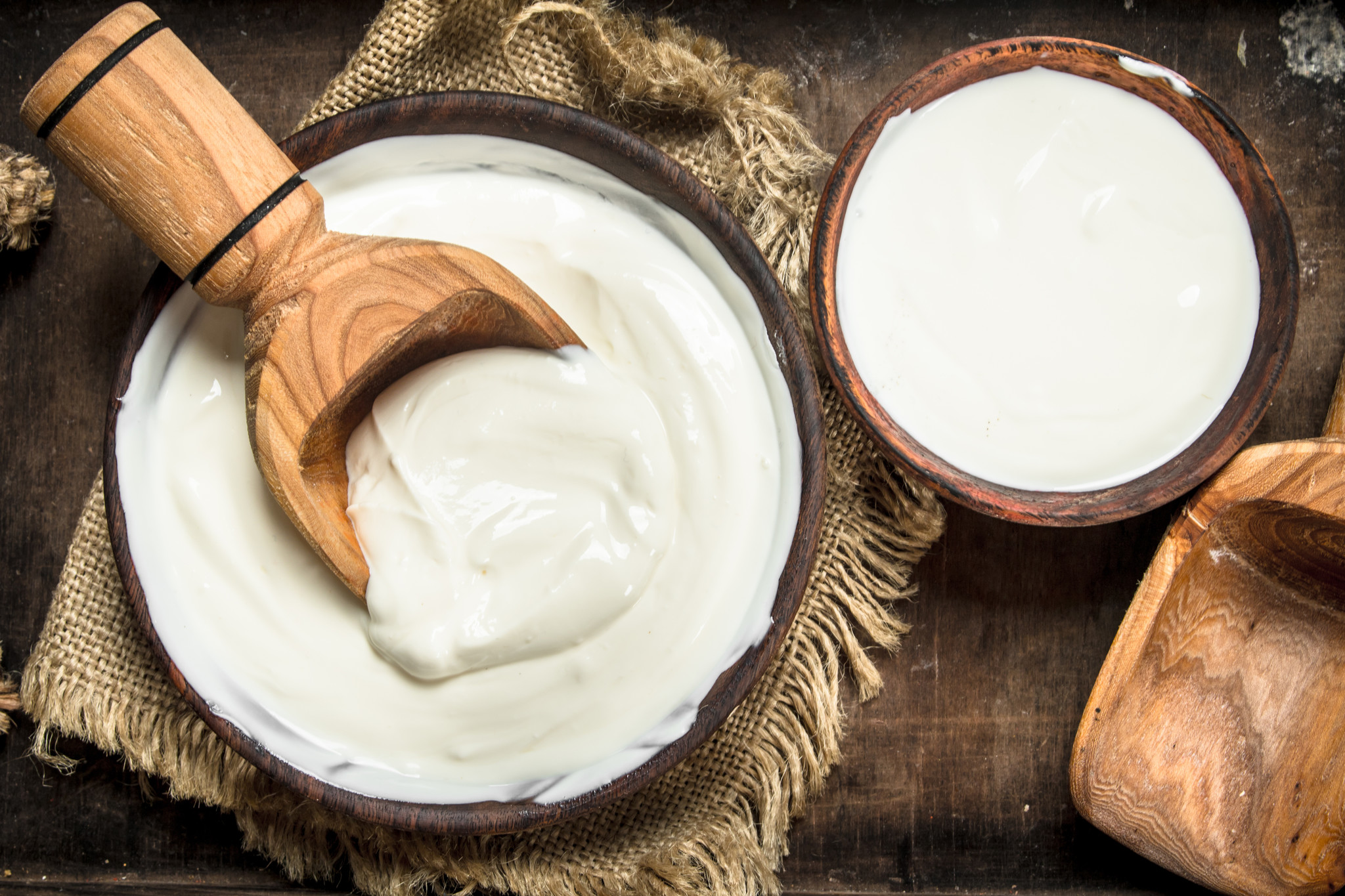All about the transformation of milk into dairy products (yoghurt and butter)

There is nothing better than eating dairy products. Indeed, milk can be processed in different ways, which makes it more interesting to consume. Among the ways in which milk can be processed are yoghurt and butter. The advantage of these products is that they can be perfectly homemade.
The transformation of milk into yoghurt
Before discovering the process for transforming milk into yoghurt, it is important to know that the latter is a process that consists of transforming milk with the help of lactic bacteria. In particular, lactic fermentation is used to give the milk a solid consistency. The different types of yoghurt are: plain yoghurt, stirred yoghurt, Greek yoghurt and drinking yoghurt. You can then vary the way the milk is transformed into yoghurt.
To perfect this manufacturing process, there are a few steps to follow.
The treatment
Ideally, whole milk should be used. For processing, the milk should be heated until it boils. Then it should be allowed to cool to a temperature of about 45°C.
Seeding
This is the step that usually ferments the milk. For this you can use a plain yoghurt that you have bought. Pour the whole can into the milk, which is already at the right temperature, to mix it gently.
Note that the plain yoghurt from the shop is used as a lactic ferment for processing the milk. The bacteria in the lactic acid fermentation produce this transformation.
Then, to continue the preparation, pour the mixture into clean yoghurt pots. You can now proceed to the next step.
Fermentation
To finalise the milk processing, place the pots in a yogurt maker. Close the lid of the machine. Note that the yogurt maker acts as a proofer, which allows it to maintain a constant temperature of 45 °C. Let them stand for about 8 hours. After these few hours, your yoghurt is ready. You can then take the pots out and put them in the refrigerator to be enjoyed later.
The transformation of milk into butter
Generally speaking, the transformation of milk into butter is based on a milk cream that must be churned. The purpose of churning is to agglomerate the fat contained in the cream to finally obtain butter. Here are the steps to transform milk into butter. Note that you need about 20 to 22 litres of milk to make 1 kg of butter.
Skimming
There are several different ways to help you make cream from milk.
- By heating the milk to catch the cream on the surface with a skimmer.
- Bringing the milk to the boil and letting it sit in the cold for at least 12 hours to let the cream rise to the surface.
- Resting the milk in the cold for at least 24 to 48 hours.
However, to make your task easier, you can choose whole liquid cream, whole liquid crème Fleurette or double cream.
Churning, washing and mixing
Before churning, it must be left for at least 2 hours to reach a temperature of about 18° to 19°C. The purpose of churning is to promote the development of the butter's aroma and its thickening.
This process is done with a special device, a churn. Then pass the recovered butter through a sieve to remove the whey. Do not hesitate to put it under cool water until it is clear.
Finalize the transformation of the milk into butter with the kneading to homogenize the butter. To do this, use a moistened wooden spatula to knead the resulting butter. You can add salt or other flavourings to give it taste. Then mould the butter in a wooden mould and store it at a temperature of 5 to 6 °C.



Comments
Be the first to comment...